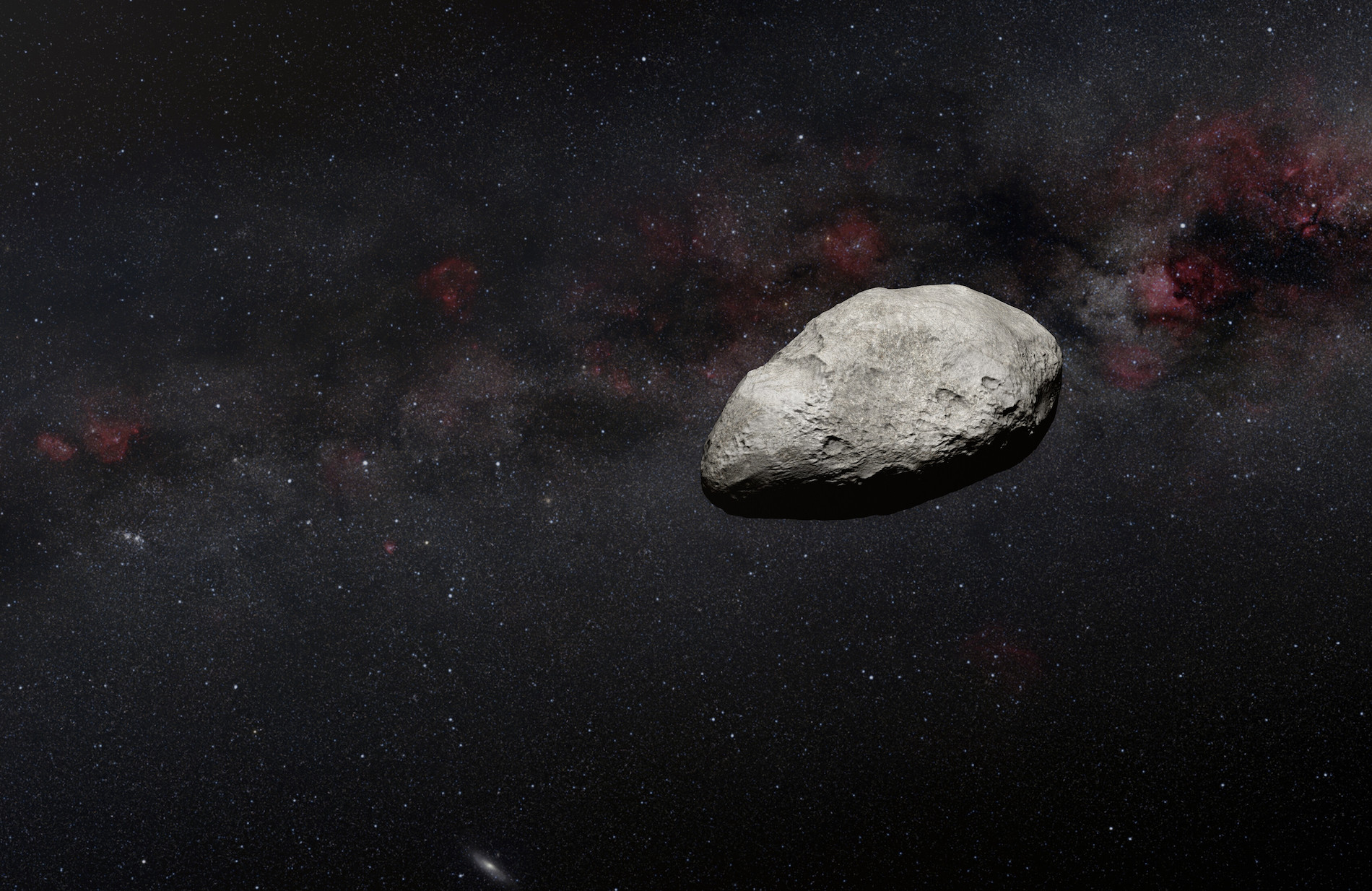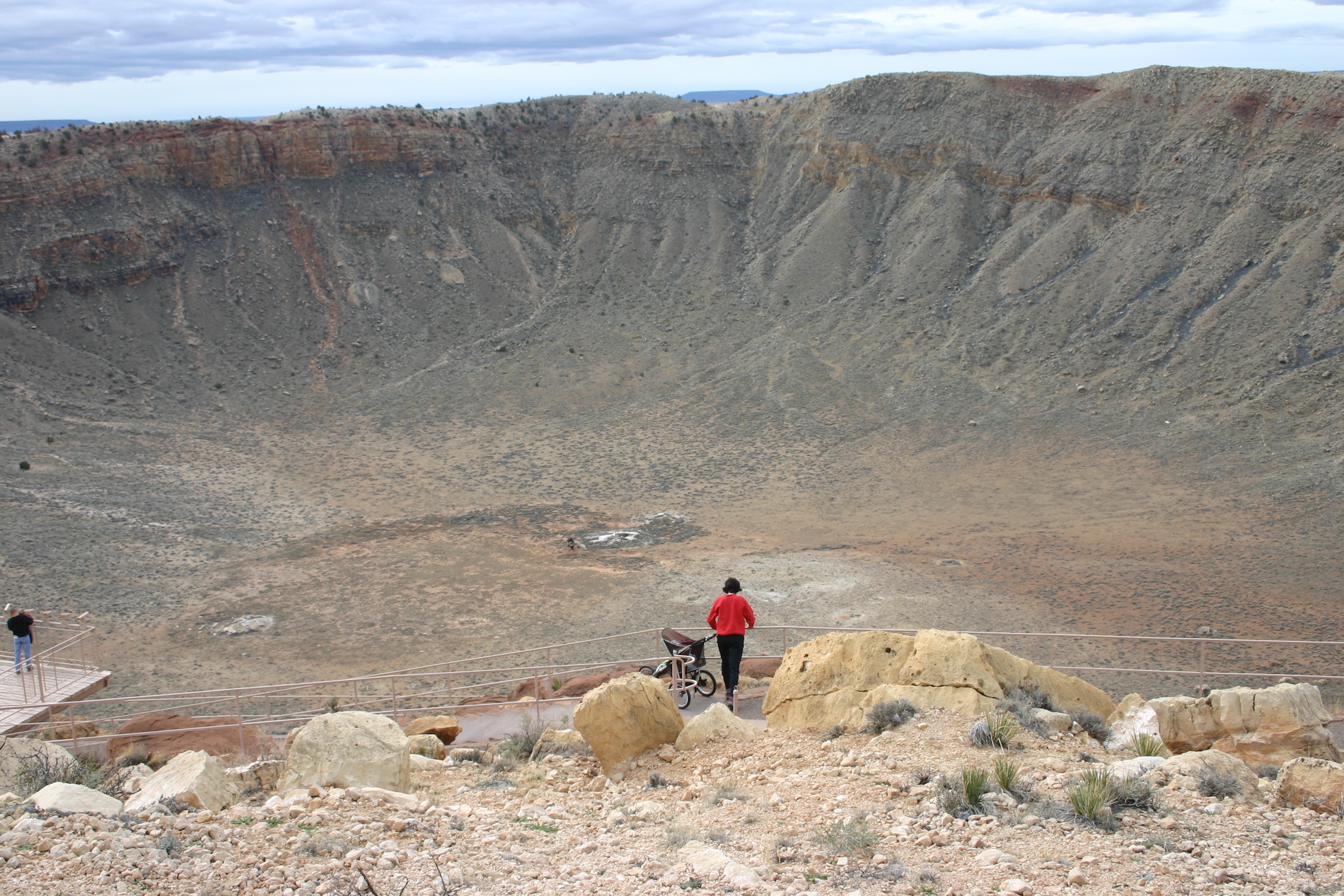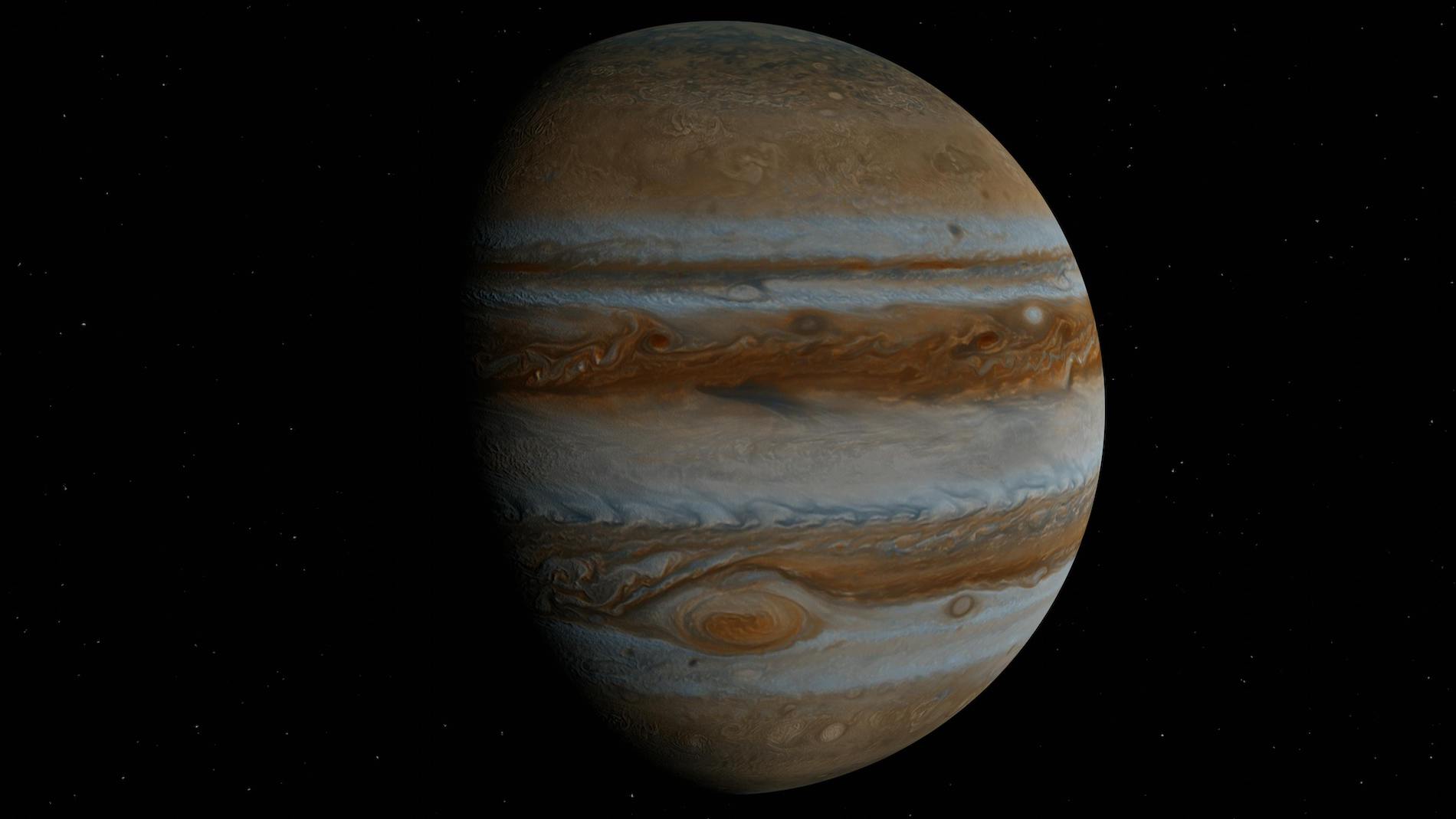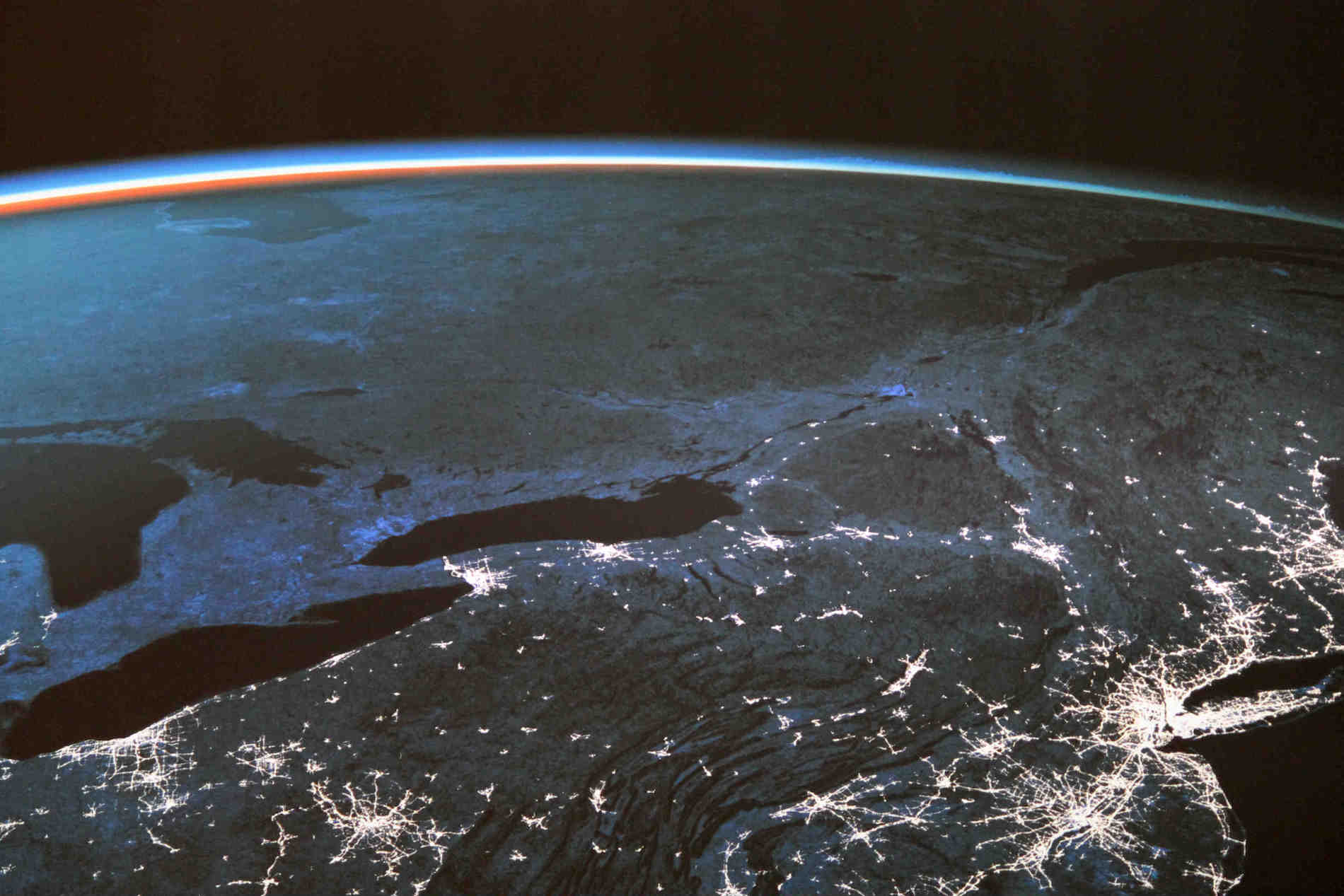NASA discovers an asteroid the size of a football field is hurtling toward Earth. While the asteroid will pass the planet, it is still coming close enough that NASA issued a warning.
The Telegraph is reporting that a “potentially hazardous” object is expected to make a close approach to Earth, coming within 1.7 million miles. While that seems pretty far away, there is a good reason why NASA felt the need to warn us Earthlings.
Asteroid 2008 OS7 Is Approaching Earth

NASA’s Center for Near-Earth Object Studies (CNEOS) estimates that Asteroid 2008 OS7 measures between 690 and 1,570 feet across. For comparison, the Eiffel Tower is about 980 feet, and the Empire State Building is 1,250 feet tall.
The asteroid is scheduled to make its closest approach on Friday at 2:41 p.m. GMT. Every 962, this asteroid flies past the Earth, but this time is too close for comfort.
The Asteroid Will Pass Earth

Again, the end of the world is not here! The asteroid is passing by the Earth at a distance of 1.77 million miles. For reference, the moon orbits at a distance of 240,000 miles and the Earth’s closest neighbor Venus is 38 million miles away.
The asteroid will pass by the Earth at a speed of about 18.2 km/s, or about 40,700 mph. For comparison, a speeding bullet can travel between 600 and 2,000 mph.
What Could Happen If the Asteroid Hit the Earth?

Scientists have classified this asteroid as potentially hazardous due to the significant impact it could have on Earth if it were to collide. The size of the asteroid would cause a crater 11 miles wide, and vaporize about 2 million people.
The city killer could have the equivalent of 141 gigatons of TNT, and the fireball released could kill another 11 million people.
2,350 Asteroids Are Potentially Hazardous

Dr. Minjae Kim, a research fellow in the University of Warwick’s physics department, said: “We don’t need to worry about it too much as this asteroid will not enter Earth’s atmosphere, while it will still approach close to the Earth.”
“There are millions of asteroids in our solar system, of which around 2,350 asteroids have been classified as potentially hazardous,” she said.
What Makes an Asteroid Potentially Hazardous?

What classifies an asteroid as a “Near Earth Object” (NEO) or a potentially hazardous asteroid (PHA) is its size and how close it will come to the Earth. NEOs are defined as being within 30 million miles of Earth. Over 31,000 solar systems objects fall into this category.
PHAs are closer to asteroids that are closer than 4.6 million miles and are larger than 460 feet in diameter. NASA currently tracks around 2,350 PHAs.
Not Every PHA is a NEO
“A potentially hazardous asteroid (PHA) is one that has an orbit intersecting the Earth’s orbit around the Sun by less than 0.05 astronomical units (1 AU is the distance to the Sun), that’s just over 4.5 million miles,” professor of astrophysics and space science Martin Barstow told Newsweek.
However, Barstow reassures us, saying, “Not all NEOs are potentially hazardous, but all hazardous objects are NEOs.”
Where Do Most Asteroids Come From?
The Center for Near Earth Object Studies at NASA’s Jet Propulsion Laboratory is responsible for monitoring asteroid risks. The Asteroid Belt, nestled between Mars and Jupiter, shelters most of the leftover chunks of rock from the solar system’s formation.
Most of these asteroids are fairly small. However, some are enormous. Claiming the title of largest is Ceres, a colossus spanning 600 miles.
These Asteroids Won’t Hit the Earth

Occasionally, Jupiter’s gravity or collisions with the Asteroid Belt will fling one of these asteroids into the inner solar system. This is what sends an asteroid toward Earth. Luckily, these asteroids typically never hit the Earth.
Eyes are still on one near-Earth object, though: asteroid 99942 Apophis, projected to make another close approach to Earth in 2029.
Apophis Is Another PHA Headed Toward Earth

On April 14, 2029, Apophis will be coming near the Earth. Estimated to be about 1,100 feet (335) meters across, Apophis is one of the most hazardous PHA that could impact the Earth.
But, once again, don’t worry! A radar observation campaign in March 2021 and precise orbit analysis show that there is no risk of Apophis impacting our planet for at least a century.
You Won’t Be Able to See Asteroid 2008 OS7

It is unlikely that you will see Asteroid 2008 OS7 in the sky. “This asteroid completes an orbit around the sun every 962 days (2.63 years). One of the most intriguing aspects of the 2008 OS7 is its estimated diameter based on its luminosity and reflective properties, ranging from 0.221 to 0.494 kilometers,” Kim said.
The asteroid is too far and moving too fast to be detected by the naked eye. “The only asteroids at all visible to the naked eye so far are Pallas and Vesta, having diameters of about 500 km,” said Kim.
NASA Is Taking These Threats Seriously

NASA takes these threats very seriously and has been sending out asteroid deflection tests to protect the planet from potential harm. In 2022, NASA sent out its first asteroid deflection test to alter the orbit of a small moonlet Dimorphos.
The odds of a catastrophic strike from an asteroid are 1 in 2,700. So, don’t keep looking up to see if the sky is falling. You’ll be fine for now.